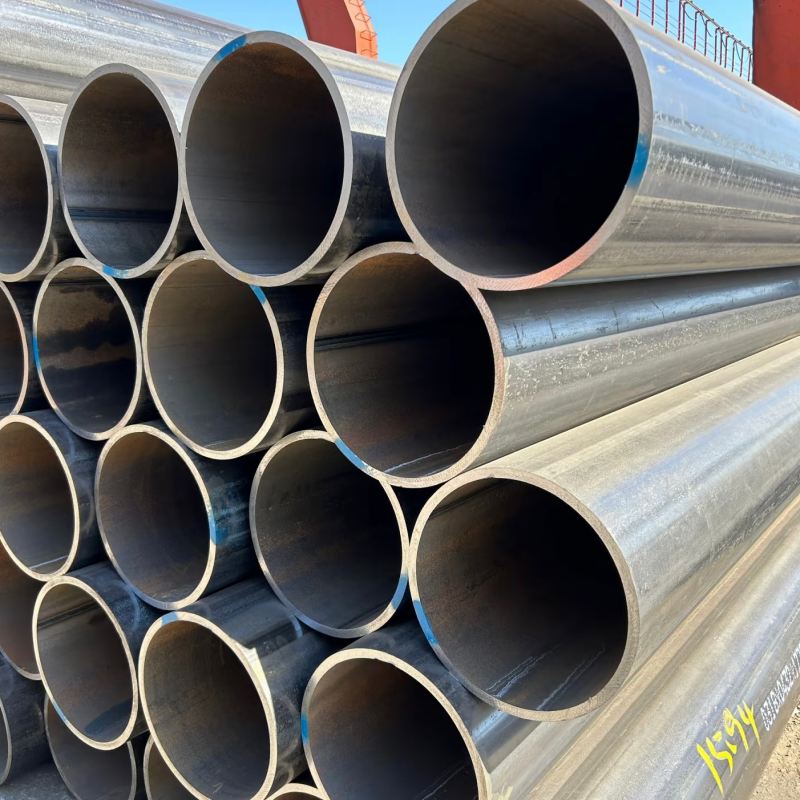304 vs 440 Stainless Steel: Which Is Better?

304 vs 440 Stainless Steel Introduction:
304 vs 440 stainless steel—which is better? Many users often ask this question. When choosing stainless steel, 304 and 440 often come up. Both grades perform well, but they serve very different needs. Let’s break down their properties, uses, and benefits.
What Is 304 Stainless Steel?
Grade 304 stainless steel typically contains 18% chromium and 8% nickel, which is why it’s often called 18/8 stainless steel. Chromium provides excellent corrosion resistance and a bright, durable finish, while nickel improves formability and ductility. The alloy may also include small amounts of carbon, manganese, silicon, phosphorus, sulfur, and sometimes molybdenum to enhance specific properties. The remainder of the composition is mainly iron.
There are several variants of 304 stainless steel. 304L has lower carbon content, offering better weldability and reduced risk of corrosion after welding. 304H has higher carbon content, making it suitable for high-temperature applications.
What Is 440 Stainless Steel?
440 stainless steel is a high-carbon, chromium-rich martensitic grade from the 400 series, available in four types: 440A, 440B, 440C, and 440F. Its composition typically includes 0.60–1.20% carbon and 16–18% chromium. This grade complies with standards such as ASTM A276 and AISI 440, with equivalents like SUS440.
The standout properties of 440 stainless steel are its exceptional wear resistance and high hardness once heat-treated. These qualities make it a preferred material for knives, cutting tools, and bearings. Processing usually involves heat treatment and precision grinding, while additional steps like quenching and tempering may be applied to optimize the balance between hardness and toughness for specific applications.
Key variants of 440 stainless steel are:
| Variant | What is it? | What makes it a preferred choice? |
| 440A | Lower carbon version of 440. | Better corrosion resistance, easier to machine |
| 440B | Mid-range carbon version of 440. | Balanced hardness and corrosion resistance |
| 440C | High carbon version of 440. | Maximum hardness and wear resistance |
| 440F | Free-machining version of 440. | Improved machinability due to added sulfur |
304 vs 440 Stainless Steel Bearings Comparison Table:
| Property | 304 Stainless Steel Bearings | 440 Stainless Steel Bearings |
|---|---|---|
| Corrosion Resistance | Excellent in water, food, and chemical environments. Ideal for hygiene-focused industries. | Offers moderate corrosion resistance. It outperforms standard carbon steel but is less resistant than other stainless steels, such as 304 or 316. |
| Hardness | Softer, offering flexibility but less wear resistance. | Very hard after heat treatment. High wear resistance and long service life under load. |
| Load Capacity | Suitable for light to medium loads. | Handles heavy loads and high-stress applications. |
| Machinability | Easier to machine, polish, and fabricate. | Harder to machine, requires special tools. |
| Cost | Higher cost | More affordable |
| Bearing Applications | Food processing machinery, conveyors, marine equipment, chemical pumps. | Pumps, motors, and gear systems that face high loads and wear. |
Key Differences in Bearing Applications:
-
Corrosion resistance: 304 bearings are the better choice for humid, wet, or chemical-rich environments. 440 bearings work best in dry conditions where rust is less of a concern.
-
Hardness and wear: 440 bearings outperform 304 in terms of hardness and wear resistance. They handle heavy loads, high speeds, and friction with ease.
-
Service life: In harsh chemical environments, 304 bearings last longer due to their rust protection. In high-stress mechanical systems, 440 bearings provide longer life due to their hardness.
-
Applications: 304 bearings dominate in food-grade and marine industries. 440 bearings dominate in industrial, automotive, and high-precision applications.
Which Stainless Steel Bearing Should You Choose?
Choose 304 stainless steel bearings if your priority is corrosion resistance and reliable performance in humid, wet, or chemical-rich environments. They are ideal for food-grade, marine, and chemical applications, where rust protection and durability in moisture are critical.
Choose 440 stainless steel bearings if your priority is hardness, wear resistance, and load capacity. They excel in industrial, automotive, and high-precision applications, handling heavy loads, high speeds, and friction with ease.
In short, 304 works best for environments with moisture and chemicals, while 440 is the top choice for strength, durability, and high-stress mechanical systems.

